The Vedic Astrology chart, also known as Janma Kundali or Vedic Astrology birth chart is a cosmic map and destiny of an individual’s life based on the time of their birth. It is a complete roadmap of your life from which you can see the events of your life that have unfolded or the events that are going to unfold.
As mentioned in ‘What is Vedic Astrology‘, there are 9 planets, 12 houses, and 12 zodiac signs in Vedic Astrology. These combinations form your unique Vedic astrology chart (Janam Kundli) from which everything from your wealth (such through hard work, inheritance, or lotteries), sex life (pleasure and lack of pleasure from it), marriage (or getting into the relationship), divorces (or breakups), accident, career, fame, and diseases, and death can be seen. Please read this article on how the Janam Kundali (Vedic Astrology chart) is made.
This blog will teach you how to see your Vedic Astrology chart on a surficial level so that you can gain some basic insights into your unique Kundali, the cosmic roadmap of your life.
Please note that Vedic Astrology is based on Karma, and I would recommend you to first read ‘What is Karma in Hinduism‘ to better understand Vedic Astrology.
- Understanding the Vedic Astrology Chart
- Houses in Vedic Astrology
- Planets in Vedic astrology
- Signs in Vedic Astrology
- Determining Lordships of Houses
- Lagna in Vedic Astrology
- How to Read houses and their Lords
- How to Interpret Planets in Different Houses
- Planetary Aspects (Drishti)
- Understanding Yogas in Birth Chart
- Dasha in Vedic Astrology
Understanding the Vedic Astrology Chart
In Vedic Astrology, there are 9 planets, 12 houses, and 12 zodiac signs, hence a Vedic astrology chart consists of these.
The following image represents the houses of the Vedic astrology chart:

Houses in Vedic Astrology
Each house represents certain areas of life. I will cover the houses, planets, and zodiac signs in depth in a separate blog but in brief, this is what the 12 houses represent:
1st house: personality, general health, overall well-being and success, you yourself, beginning of events, physical appearance, childhood health
2nd house: wealth accumulation, assets, material possessions, family, family values, food, food habits, speech
3rd house: courage, hobbies, short-distance travel, communication, siblings, writing
4th house: mother, motherland, vehicles, fixed property – land, houses, real estate, mental stability
5th house: creativity and anything we create for children, imagination, innovation, love, romance, speculation, pleasure, and recreation
6th house: anything that opposes us – enemies, short-term sickness, injuries, debt, competitors, diseases, daily work routines, pets, physical health, conflicts, daily energy level, service-oriented jobs, fitness routines
7th house: relationships, marriage, business, partnerships, spouse, married life, legal contracts
8th house: transformation, obstacles, occults, secret, share resources, addictions, inheritance, death, long-term disease, incurable disease, research, hidden traumas, deep emotions
9th house: father, guru, luck, higher education, temple, religion, philosophy, long-distance travel, publishing
10th house: career, fame, name, public life, prestige, honor, karma, government, profession, authority
11th house: gains, income, fulfillment of desires, social circle, networking, recovery from diseases, rewards
12th house: loss, imprisonment (loss of freedom), hospitalization (loss of movement), expenses, isolation, imprisonment, hospitalization, sadness, spirituality, meditation, foreign lands, subconscious disease
Each house has a ruler in the vedic astrology chart, more on this later.
Planets in Vedic astrology
The nine planets, also known as Navagrahas in Vedic Astrology are:
Sun (Surya): soul, vitality, leadership, ego, father, government
Moon (Chandra): mind, emotions
Mars (Mangala): energy, courage, aggression, ambition
Mercury (Budha): intelligence, communication, logical reasoning, education, trade
Jupiter (Brihaspati): prosperity, spirituality, wisdom, generosity, morality, higher learning
Venus (Shukra): love, beauty, luxury, romance, creativity, pleasure, wealth, aesthetics
Saturn (Shani): discipline, hard work, responsibility, challenges, delays, lessons in life
Rahu (north node of the moon): illusion, innovation, desires, ambition, unconventional, attachments, foreign land, material gains, obsession
Ketu (south node of the moon): detachment, spirituality, introspection
You might be questioning how come the sun, moon, ketu, and rahu are considered planets in Vedic astrology when they aren’t even planets. Any celestial body in the solar system that has an effect on our life is considered a planet in Vedic astrology.
Each planet falls in a house. 1 planet falls into a house, and multiple planets can be in the same house. However, 1 planet doesn’t fall into more than one house.
Mars can be in the 10th house, Saturn can be in the 12th house, and Venus can be in the 6th house. Similarly, all these three planets, Mars, Saturn, and Venus can be in the 2nd house (or whichever house) together as well.
Signs in Vedic Astrology
As you may know, the zodiac is 360 degrees. The 360-degree zodiac is divided into 12 divisions of 30 degrees each. Each division is a sign resulting from Aries to Pisces sequentially. Aries is 0 to 30 degrees, Tauras from 30 to 60, Aquarius from 300 to 330 degrees, and Pisces from 330 to 360.
Each sign has a ruler and some planets (Venus, Mercury, Saturn, Jupiter, Mars) rule two signs. These 12 zodiac signs are:
Aries (Mesha): Ruled by planet Mars. Bold, independent, energetic, aggressive, impatient, quick-tempered, self-centered.
Tauras (Vrishabha): Ruled by planet Venus. Dependable, patient, hardworking, sensual, loyal, stubborn, possessive, materialistic, resistant to change.
Gemini (Mithuna): Ruled by planet Mercury. Witty, communicative, adaptable, curious, social, indecisive, restless, superficial, easily distracted.
Cancer (Karka): Ruled by the planet Moon. Intuitive, compassionate, protective, nurturing, loyal, moody, overly sensitive, clingy, insecure.
Leo (Simha): Ruled by the planet Sun. Confident, charismatic, loyal, generous, arrogant, stubborn, overly dramatic, attention-seeking.
Virgo (Kanya): Ruled by the planet Mercury. Practical, organized, intelligent, reliable, problem-solving, overly critical, anxious, perfectionist, and reserved.
Libra (Tula): Ruled by the planet Venus. Diplomatic, charming, fair-minded, sociable, artistic, indecisive, people-pleasing, superficial, avoidant of confrontation.
Scorpio (Vrischika): Ruled by the planet Mars. Passionate, resourceful, determined, intuitive, loyal, jealous, secretive, controlling, vengeful.
Sagittarius (Dhanu): Ruled by the planet Jupiter. Independent, curious, adventurous, honest, enthusiastic, blunt, reckless, overly idealistic, impatient.
Capricorn (Makara): Ruled by the planet Saturn. Hardworking, disciplined, practical, patient, reliable, Pessimistic, workaholic, rigid, emotionally reserved.
Aquarius (Kumbha): Ruled by the planet Saturn. Visionary, inventive, intellectual, humanitarian, independent, detached, rebellious, unpredictable, emotionally distant.
Pisces (Meena): Ruled by the planet Jupiter. Compassionate, imaginative, intuitive, artistic, adaptable, escapist, overly sensitive, indecisive, unrealistic.
Here we need to dive a bit deeper. Any zodiac sign can fall in the first house. For instance, the first house is always the first house, it never changes. However, the sign in the first house can vary from Aries to Pisces. The first house sign might be Taurus or Virgo or Saggitarius based on the Lagna.

The chart shown above is a Taurus ascendant chart, and the number 2 in the first house is the Taurus. The first house is always the first house, and the house never changes, here in the first house, there is the number 2 which is Taurus which means this is a Taurus ascendant chart. The ruler of Taurus is Venus, hence, the lord/ruler of the first house is Venus. Similarly, the 7th house has the number 8, 8 means Scorpio. That means the Scorpio sign falls in the 7th house, the ruler of the Scorpio is Mars, hence the 7th house lord is the planet Mars. If you are confused about the which is 1st house, which is the 7th house, please see the picture above where I have shown different houses in the Vedic astrology birth house.
With this, please note that if the first house is Libra (7), the second house will be Scorpio (8th sign), the third house will be Saggitarius (9th sign), and the twelfth house will be Virgo (6th sign). As shown in the image above, the signs fall one-after-another, if the 1st house is Scorpio (8), then the second house will be Saggitarius (9), third house is Capricorn (10).
Determining Lordships of Houses
Now, let’s assume that the 7th house is in Scorpio. Meaning that the sign of the 7th house is Scorpio (8th sign). Then that means the first house sign is Taurus (2nd sign.) Mars rules Scorpio and Venus rules Tauras. Hence, the lord of the 7th house is Mars here, and the lord of the 1st house is Venus.
Similarly, remember that Mars and Venus both rule over two signs. Mars also rules Aries and Venus also rules Libra. Here, since the sign in the first house is Taurus, that means 2nd house will be Gemini, the 3rd house will be Cancer, the 6th house will be Libra and the twelfth house will be Aries. Hence, the lord of the 6th house along with the lord of the 1st house is Venus in this chart and the lord of the 7th house and the 12th house is Mars.
Now that we have covered signs, planets, and houses in brief, let’s dive a bit deep into how we can interpret them.
Lagna in Vedic Astrology
The Lagna, the zodiac sign rising on the eastern horizon when you were born, also known as the ascendant is very crucial in a Vedic astrology chart. The lagna represents the self, the body, and the overall life path.
Here to simply understand, you can understand Lagna as the first house. The sign in the first house determines your personality, the planets modify the energy of your personality based on the signs, while the Lagna Lord (ruler of the first house) influences major life events.
If the Lagna Lord (first house) lord / lagna the first house is strong, the native will have good health, confidence, and prosperity in life. However, if it is afflicted by malefic planets (Saturn, Mars, Rahu, Ketu), struggles and obstacles may occur in life.
The placement of the Lagna Lord (house lord) in different houses modifies its effects, as mentioned above).
Let’s say, the first house sign is Aries, in such cases we say Aries lagna. Now, Aries is ruled by Mars, and let’s say that Mars is placed in the 10th house. Then the native may have a bold and ambitious career path, possibly in leadership, defense, or engineering field.
How to Read houses and their Lords
By now you know that each house in a Vedic astrology chart represents a specific area of life. Earlier I mentioned, how to determine the lordships of different houses.
These lordships and the placement of houselords in different houses impact our life events.
For instance, if the 2nd house lord is in the 11th house, the person will likely accumulate wealth. Why? 2nd house is the money house, the wealth accumulation house, and if the house lord is in the 11th house which is the house of fulfillment of desires, and gains, then the likelihood of wealth accumulation is high (but this one placement alone cannot tell if the person will be wealthy in life or not, there is much more).
Similarly, we can also figure out the source of wealth accumulation. Remember the 11th house is also social networks, networking, and gains. Hence the person may accumulate wealth through social networks, investments, and business.
To make you understand even better now, let’s suppose that the 2nd house lord is in the 6th house rather than the 11th, then there may be struggles with finances as the 6th is debts, hurdles, challenges, and legal disputes.
How to Interpret Planets in Different Houses
There are 12 houses and 9 planets. Above, I mentioned that 1 planet occupies one house, but 1 house can have multiple planets. And due to this a house may or may not have a planet. For instance, there might be no planets in the 1st, 2nd, 3rd, 4th, or 5th house whereas there might be 5 planets (let’s say Sun, Moon, Jupiter, Venus, Mercury) in the 6th house.
I get asked a lot my 10th house, 11th house, and 2nd house don’t have any planet how bad is that? No planet falling in a house is not a bad thing. In fact, malefic planets such as Mars, and Saturn falling in that house afflict the house. You might be wondering what this means.
Mars, a malefic planet, if it falls into the house of marriage 7th house, then Mars in 7th house creates a fiery temperament in marriage, leading to dominance or conflicts. Hence, if there is no planet in a house it doesn’t mean any bad thing and in fact, sometimes it’s good as well. Now let’s see certain examples of planets and house combinations in the Vedic astrology chart and how to interpret them.
Sun in the 10th House brings leadership qualities in career and government-related career opportunities. How? You may wonder. Remember Sun is government, the sun is a king, a leader. The 10th house is career. Hence, the sun in 10th can bring leadership qualities and government-related career opportunities.
Moon in the 4th house can indicate emotional attachment to home, mother, and comforts. 4th house is the mother, and the home, and the planet Moon is emotions.
Jupiter the planet of wisdom, prosperity, philosophy, and god fearing, the 9th house is the house of religion, luck, and philosophy, Jupiter in the 9th house brings luck, wisdom, and strong religious/philosophical beliefs.
Venus the planet of luxury, and sweetness, 2nd house is the planet of wealth, and speech, if Venus is in the 2nd house, the person may have a sweet alluring voice, financial prosperity, and a love for luxurious possessions.
Planetary Aspects (Drishti)
Now planets not only influence the houses they sit in and the houses that they rule, but they also cast their glance upon other houses modifying their effects which are known as dristhi (aspect).
Every planet aspects 7th house from where they sit in counting from that house. For example, if Sun sits in the 4th house, it aspects the 10th house. Let’s count. Before counting let me mention that in the vedic astrology chart, we start counting from the house that the sun is in. Hence, we start from 4, counting 7 from 4 is 4,5,6,7,8,9,10, hence the sun aspects the 10th house.
The sun, moon, mercury, and Venus have only one aspect, the 7th aspect.
Mars, Jupiter, and Saturn have 3 aspects.
- Mars aspects 4th, 7th, and 8th houses from its position bringing energy, aggression, conflicts, and courage.
- Jupiter aspects 5th, 7th, and 9th houses from its position bringing positivity, optimism, and prosperity.
- Saturn aspects 3rd, 7th, and 10th house from its position bringing delays, restrictions, hurdles, and responsibility.
Let’s say Saturn is in the 5th house, Saturn also aspects the 3rd house from its position. Hence, Saturn from the 5th house is aspecting the 7th house, the house of marriage. Hence, Saturn may delay the native’s marriage.
The 6th house is the house of conflicts, debts, enemies, hurdles, and challenges. Let’s say Jupiter is in the 2nd house. Here, Jupiter aspects the 6th house from its 5th aspect, Jupiter is a planet of prosperity and wisdom, it helps/protects natives in winning against conflicts, hurdles, and challenges.
Understanding Yogas in Birth Chart
Yogas in vedic astrology is a planetary combination that brings blessings, challenges, and strengths to a native’s life depending on the combination.
The Raja Yoga brings financial prosperity, Raja meaning king means that life as of King, richness, and prosperity.
Dhan Yoga brings wealth into one’s life. Kaala Sharpa yoga brings hurdles, challenges, and delays in one’s endeavor, Guru Chandal Dosha makes it very hard to learn and understand things.
Let’s take an example of how these Yogas are formed. For instance Guru Chandal Yoga, guru means Jupiter, and Rahu is Chandal, when Jupiter and Rahu are in the same house, it forms Guru Chandal Yoga.
Dasha in Vedic Astrology
Dasha is one of the most misunderstood components of Vedic Astrology. Dasha is not a bad thing, but rather you are always under some Dasha. Dasha in basic terms is nothing but a planet ruling over you which determines the timing of life events along with Transits (more on this on a separate blog). The most widely used dasha system is the Vimshottari Dasha.
Each planet primarily rules you for a specific duration. They are:
- Sun Mahadasha: 6 years
- Moon Mahadasha: 10 years
- Mars Mahadasha: 7 years
- Rahu Mahadasha: 18 years
- Jupiter Mahadasha: 16 years
- Saturn Mahadasha: 19 years
- Mercury Mahadasha: 17 years
- Ketu Mahadasha: 7 years
- Venus Mahadasha: 20 years.
The Mahadasha is the main dasha ruling you. There are sub-dashas in the main Mahadasha as well, such as the Antaradasha and Pratyantar dasha. We will be covering these in later blogs.
Now, to understand dasha in a simple way, if a person enters Venus dasha, the person will live a luxurious life, a life of sensual pleasures. Basically, their life in Venus dasha will be filled with Venus qualities, luxury, sex, fine dining, wining, beauty, engaging in arts, creativity, and so on. In Ketu Mahadasha, the person becomes very spiritual, likes to be in isolation, becomes detached from the material world and things, and so on.
We covered the planets, houses, signs, Lagna, house lord, and house lord in different signs and what it means, yoga, and dasha at the surficial level. With this, you should be able to have a very basic insight into your Vedic astrology birth chart.
The Rasi chart, the d1 (divisional) 1 chart is the most widely used chart in Vedic Astrology. Whenever you see your chart on software such as the Astrosage, the primary chart that it shows is the D1 chart. There are also divisional charts such as the D9 chart which is primarily seen for marriage, the d10 which is to see one’s career in depth and so on which we will be covering in depth in the upcoming chart.
Vedic Astrology is a very powerful knowledge given by the gods to great sages, and from great sages to us in Sanatana Dharma.
For the astrology enthusiasts, I will be covering the planets, houses, signs, house lord and houses interpretation, different planets in different houses, advanced different planets in different houses in different signs, yoga, transits, and dasha in depth in the coming blogs.
We will also be covering very important concepts such as the degrees of planets, Kendra, trikonas, shadbala, bhavabala, ashtakvarga, and much more.
If you found this blog insightful, dive deeper into Hinduism’s timeless wisdom by exploring more articles on our website!
Read Next:
Who is Bhagvan Krishna?
Bhagvan Krishna, the eighth avatar of Lord Vishnu, the supreme cosmic preserver, is one of…
What is Sanatana Dharma?
Hinduism, the religion of over 1 billion population is the oldest religion, and calling Hinduism…
Karma in Hinduism: The Hidden Law of Your Life
Who is Vishnu Bhagwan?
Vishnu Bhagwan, also famously known as Lord Narayana, is one of the most revered Bhagavan…
Hare Krishna Mantra Translation: Meaning, Origin & Spiritual Significance
In recent years, millions of people around the world have become familiar with the sound…
What is Vedic Astrology?
Vedic astrology, also known as Hindu astrology and Indian astrology is a knowledge given by…
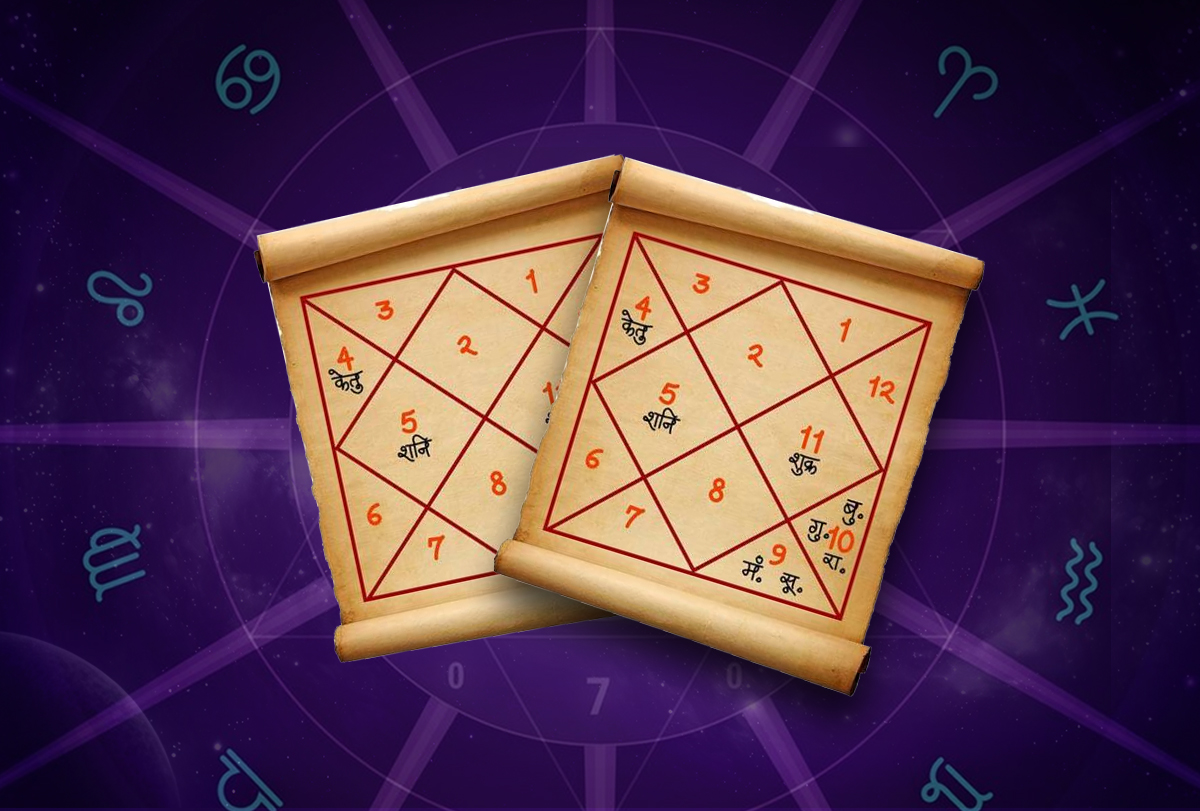
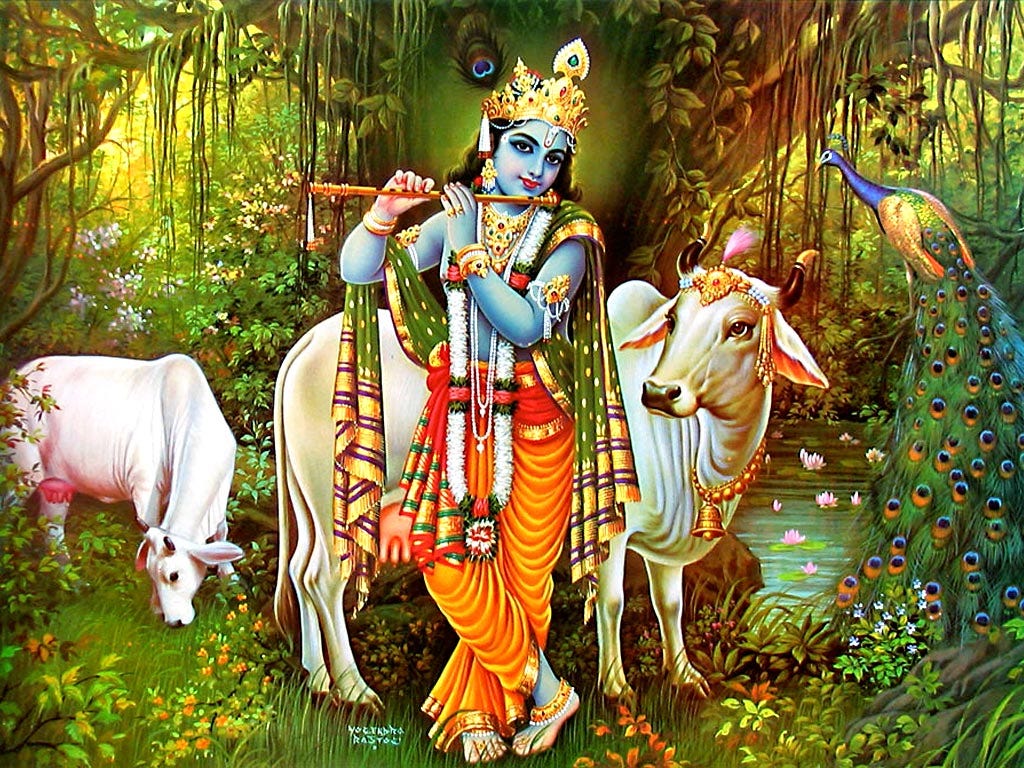
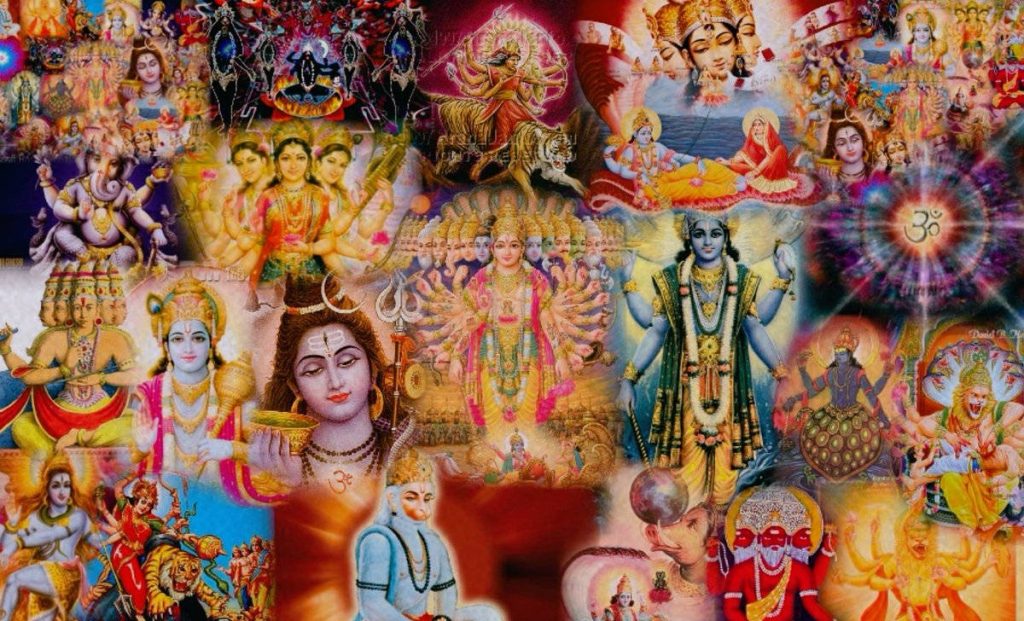
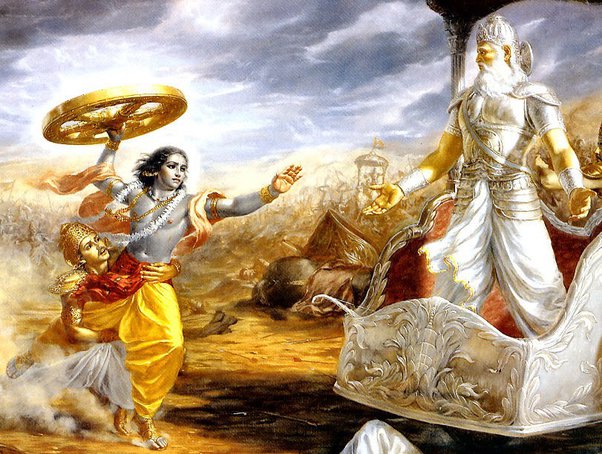

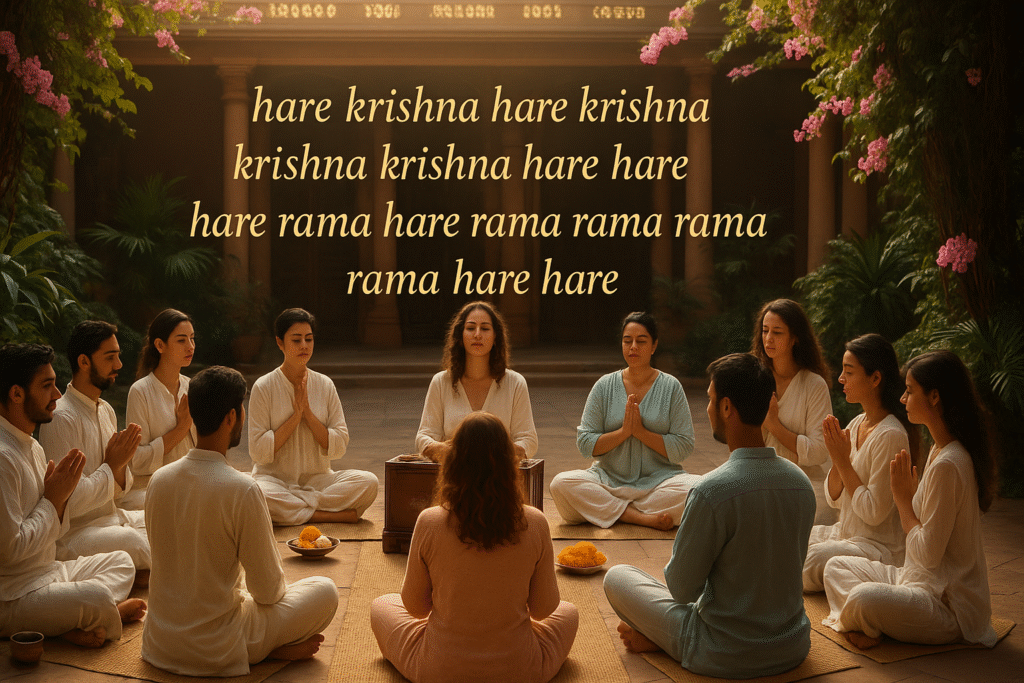
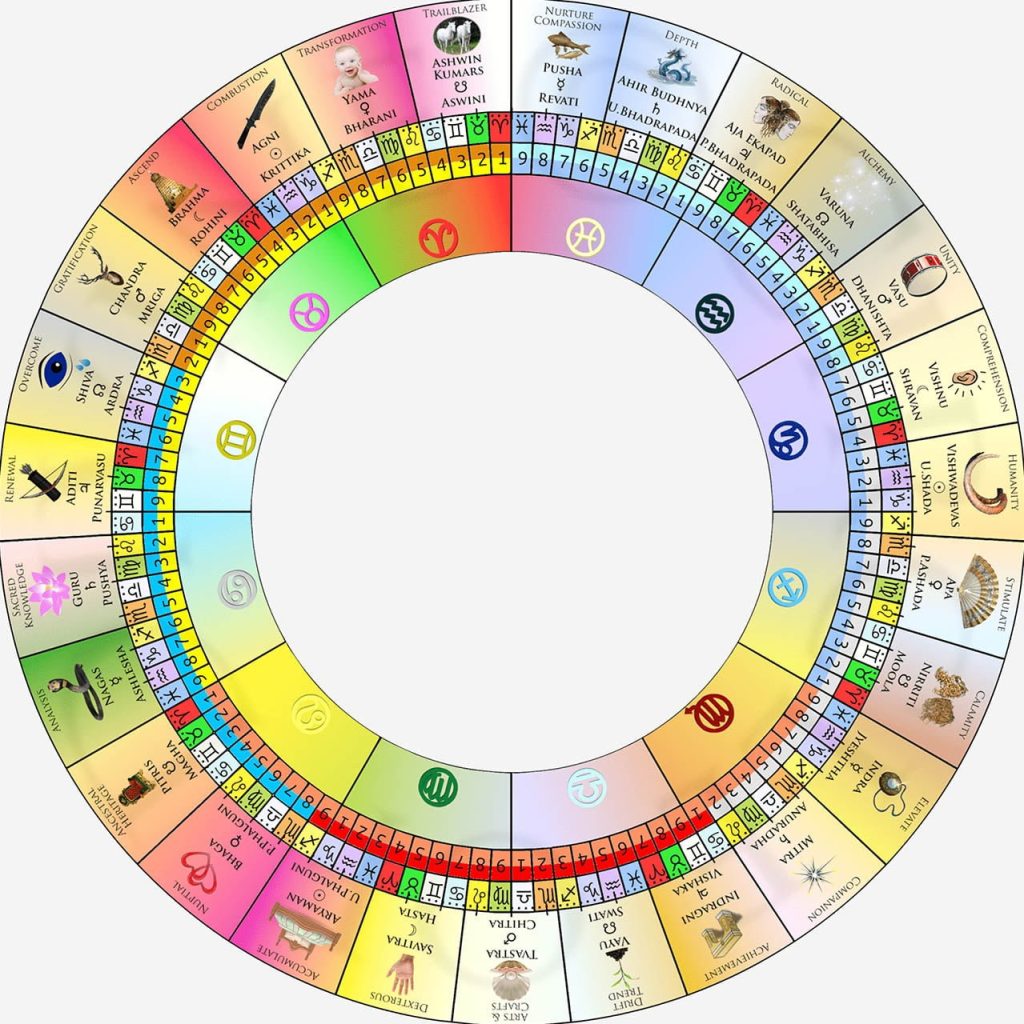
Leave a Reply